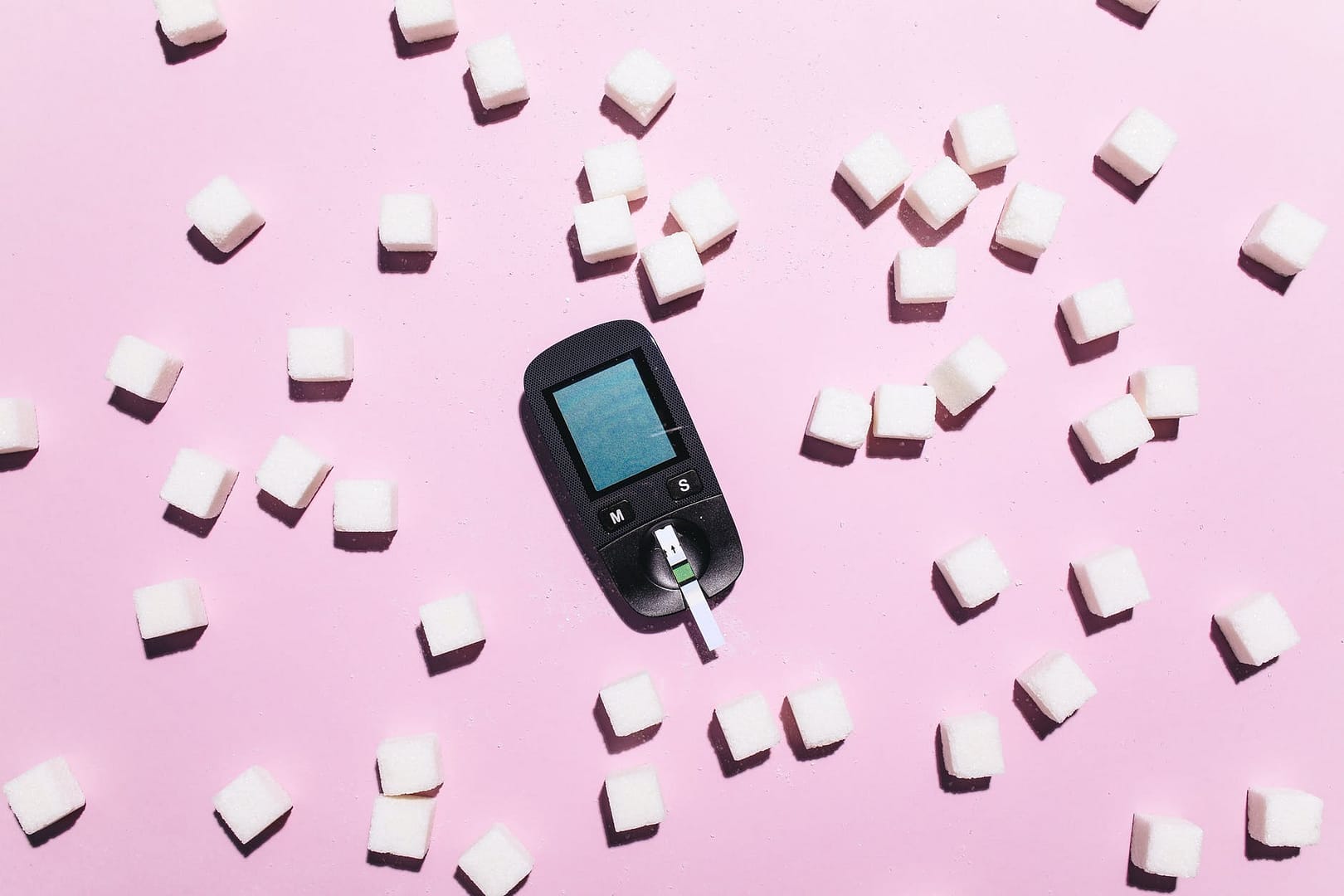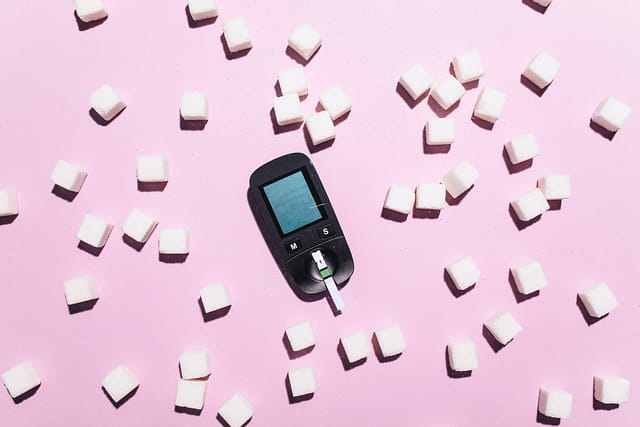
Are You Having Symptoms of Diabetes Type 2?
What is Type 2 Diabetes?
Type 2 diabetes is a severe condition in which the blood sugar is consistently high due to insufficient working or production of the hormone insulin, released by the pancreas. The insulin is vital for a healthy body as it performs a crucial role in breaking carbohydrates, converting it into glucose to fuel the cells of the body. In type 2 diabetes, the body still breaks down carbohydrate in the diet into glucose. The pancreas releases the insulin in response to this, but it does not work correctly, increasing the level of glucose in the blood. In response, more insulin is released. Type 2 diabetes causes the crippling of the pancreas and leading to always high blood sugar levels (hyperglycaemia).

In simple words, diabetes affects the mechanism of sugar metabolism in the body. The body either does not produce plentiful insulin or resists the effect of it.Early recognition of sign and symptoms of type 2 diabetes helps you get treatment sooner, reducing the chances of further complications. The onset of type 2 diabetes is gradual, and symptoms are mild during the early stages. The dark side is that many people do not realize at all that they have the condition.
In this article, we discuss the early signs and symptoms of type 2 diabetes and the importance of the fact that an early diagnosis can be more helpful in reducing the complications and progression of the disease.
Symptoms of Type 2 Diabetes
Following are the early signs and symptoms of diabetes. It is essential to understand the characters as it will be extremely beneficial in terms of prevention and treatment. An early knowledge helps in controlling the progress of disease into a chronic ailment by altering the lifestyle.
Frequent urination
When blood sugar levels are elevated in the blood, the kidneys try to excrete the excess sugar by filtering it out of the blood—this results in a need for frequent urination, particularly at night.
Increased thirst

A resulting phenomenon of frequent urination for removing excess blood sugar is decreased level of water in the body. Both the process functioning causes the dehydration in the body, and the person is feeling thirst more than usual balance for the loss of water in the body.
Always feeling hungry
Constant hunger or thirst can be early symptoms of diabetes type 2. The prime cause is that patients who have diabetes type 2 often do not feel enough energy they needed from the food they eat. It is because the required amount of glucose does not move into cells from the bloodstream to fuel the body. As a result, the person continuously feels energy-deprived and hungry.
Blurred vision
When the blood sugar level in the body is high, it can affect many other tissues of the body. High blood sugar level can cause a short-term blurred vision. The primary cause of blurry vision is that sugar causes the blockage of blood flow to the retina. The diabetic patients should be alert during driving, handling machines or other chores like cooking etc. This damage is temporary and is unlike the one that occurs in diabetes mellitus.
Poor healing of Wounds
High blood sugar levels increase the chances of inflammation in the cells. If the blood sugar levels are consistently high; it makes it difficult for the wounds to heal.
Feeling of Tingling, Numbness, or Pain in the Hands or Feet
Another symptom of diabetes type 2 is pain or a sensation of tingling or numbness in the hands and feet. High blood sugar in persons who have diabetes type 2 impairs the circulation of blood in the body and affects the body’s nerves. The condition is known as neuropathy, and it can get worse over time leading to more severe complications if left untreated.
Fatigue

Fatigue may only not be a sign of high blood sugar levels. Other problems can result in fatigue. But consider fatigue as an alarming sign of high blood sugar level as it is the initial response of high sugar levels or even fluctuations in sugar levels in the body.
Many people feel extremely low or even sleepy after a meal. It can attribute to the reason that meal which is high in the portion of carbohydrates raises your blood sugar level. The increased blood sugar also slows the circulation, which causes a diminished oxygen supply to the cells, which pushes the body to work harder, resulting in fatigue if this is happening continuously, its time to speak to a medical professional.
Patches of dark skin
Patches of dark skin formed on the neck, armpit, or groin area can be a significant sign of a higher risk of diabetes. These patches usually feel soft and velvety. The skin condition is known as acanthosis nigricans.
Itching and Yeast Infections
An excessive amount of sugar in the blood and urine equip food for yeast, which may lead to infection. Yeast infections usually occur on warm, moist areas of the skin, including the mouth, genitals, and armpits. The infected areas are mostly itchy, but a person may also experience burning, redness, and soreness at the affected part of the skin.
Importance of Early Diagnosis

Early detection may help prevent future medical complications. Recognizing the signs of type 2 diabetes helps a person to have an early diagnosis and treatment at the initial stages of the disease. Getting appropriate treatment, making a lifestyle change, controlling blood sugar levels and changing diet patterns can certainly improve a person’s health, quality of life and reduce the risk of diseases associated with type 2 diabetes. Without having a treatment plan, persistent hyperglycaemia can be hazardous and leads to chronic and sometimes life-threatening complications, such as:
- heart disease
- kidney disease, which can result in a person needing dialysis
- eye disease or loss of vision
- stroke
- nerve damage, or neuropathy
- foot problems
- sexual problems like erectile dysfunction in men and other disorders in women
“Untreated diabetes can also cause hyperosmolar hyperglycaemic nonketotic syndrome (HHNS). A condition which causes a severe and persistent increase in blood sugar levels” says Healthline. An illness or infection will generally trigger HHNS, which may lead to the need for hospitalization. This sudden complication more commonly affects older people. Keeping blood sugar levels under control is mandatory for preventing some of these complications. The risk of other health problems will be high if the blood sugar levels remain uncontrolled consistently for a higher duration of time.
Risk Factors for Type 2 Diabetes
There are fair chances that anyone can have type 2 diabetes, but there are few factors which can increase the risk in certain people. These risk factors include:
- being aged 45 years or older
- have a family history of diabetes
- having polycystic ovary syndrome (PCOS)
- living majorly a sedentary lifestyle
- being overweight or obese
- eating an unhealthy diet
- having prediabetes
- having a medical history of gestational diabetes during pregnancy), heart disease, or stroke
Takeaway
Type 2 diabetes is a prevalent condition that increases blood sugar levels in the body. Early signs and symptoms include frequent urination, consistently feeling thirsty, exhausted and hungry, blurred vision, slow wound healing, and yeast infections. Anyone who considers himself at high-risk of developing diabetes and experiencing these possible signs and symptoms must consult a doctor for an evaluation. An early diagnosis and treatment of type 2 diabetes can help improve a person’s quality of life and diminishing the risk of severe medical complications in the latent stages of life.
sources:
https://www.nhs.uk/conditions/high-blood-sugar-hyperglycaemia/
https://www.mayoclinic.org/diseases-conditions/diabetic-coma/symptoms-causes/syc-20371475
https://www.ncbi.nlm.nih.gov/pmc/articles/PMC4311308/
https://care.diabetesjournals.org/content/30/11/2868
https://www.niddk.nih.gov/health-information/diabetes/overview/symptoms-causes





